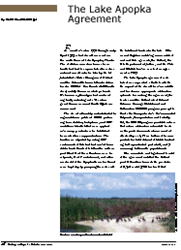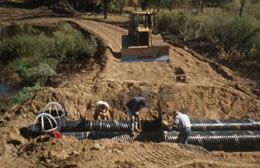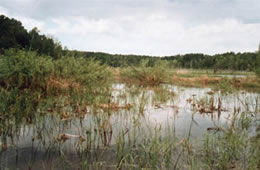|
The Restoration Program When hazardous substances enter the environment, fish, wildlife, and other natural resources can be injured. The U.S. Fish and Wildlife Service, along with other Department of Interior, State, Tribal and Federal partners, act as "trustees" for these resources. The U.S. Fish and Wildlife Service has responsibility for National Wildlife Refuges, endangered and threatened species, migratory birds, and other natural resources. Trustees seek to identify the natural resources injured, determine the extent of the injuries, recover damages from those responsible, and plan and carry out natural resource restoration activities. These efforts are possible under the Natural Resource Damage Assessment and Restoration Program (Restoration Program), the goal of which is to restore natural resources injured by contamination. More info. (1.6MB pdf). Restoring the Resources To fulfill the mission of restoring natural resources that have been injured by oil spills or hazardous substance releases, several steps must be taken. First, the natural resource trustees conduct a damage assessment to determine the extent of injury to natural resources caused by the hazardous substance release. This information is used to determine the amount of restoration that is needed. The trustees then negotiate a settlement with the responsible parties for the cost of restoration, loss of use of the land or natural resources by the general public, and money spent to assess damages. Once a settlement has been reached, the trustees take action to restore the injured resources. Finally, the trustees monitor the completed restoration projects to ensure success. Benefitting the Fish, Wildlife and the Public The primary benefit of the Restoration Program is that injured natural resources can be restored at no cost to taxpayers. Instead, the responsible parties pay for the restoration. In addition, because of this Program, people across the country are enjoying rivers and lands that are once again healthy and teeming with fish and wildlife, and public places that are safe for recreation and other uses.
Links:
| |||||||||||||||||||||||||||||||||||||||||||||||||||||||||||||||||||||||||||
| Last Updated: October 9, 2008 | ||||||||||||||||||||||||||||||||||||||||||||||||||||||||||||||||||||||||||||



